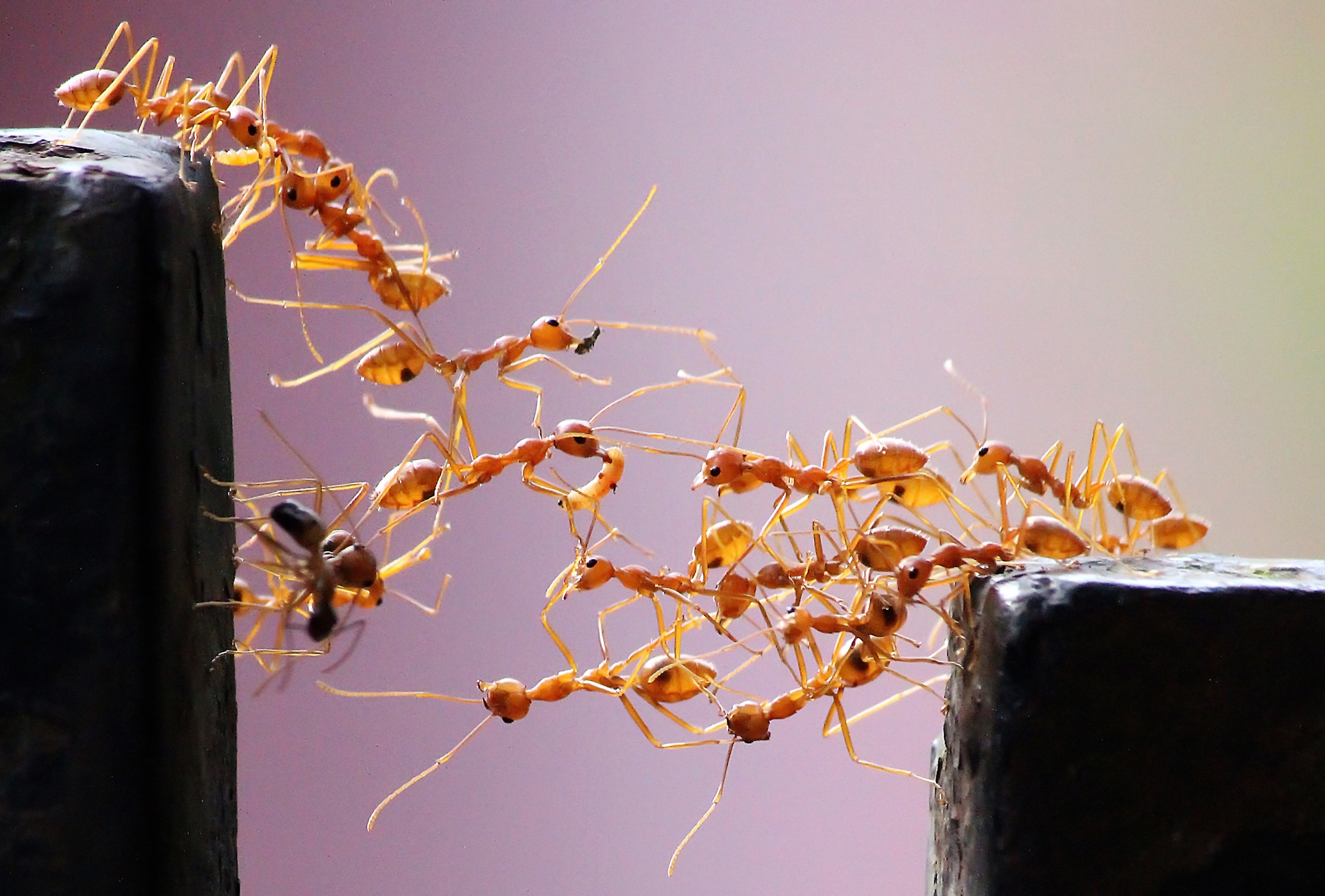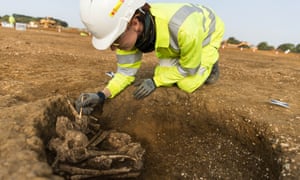via the OUP blog by Philip Walker

Bedouin fighters at the port of Wejh. Used with permission of Anthea Gray
The aftermath of the Arab Revolt of 1916-18 and the settlement in the Middle East after the First World War still resonates, world-wide, after a century. It is not only the jihadists of the so-called Islamic State and other groups who rail against the Sykes-Picot Agreement—the secret arrangement between Britain, France, and Russia that carved up much of the territory of the Ottoman Empire. Many moderate Muslims have a rankling feeling of betrayal, being aware that Sykes-Picot contradicted the British promise—albeit a vague one—of a large independent territory for Sherif Hussein of Mecca, the leader of the Arab Revolt, if he would rise up against the Ottomans, Britain’s wartime enemies.
Continue reading
I have learned something from this brief piece.
==============================
via Interesting Literature
In this week’s Dispatches from The Secret Library, Dr Oliver Tearle travels back over four millennia in search of the world’s oldest named poet

It’s difficult to come to terms with just how long ago Enheduanna was composing her work. Geoffrey Chaucer, sometimes thought to stand at the beginning of English literature, lived and wrote just over six centuries ago. Another figure who is often said to stand at the beginning of ‘English’ literature, the Jarrow goatherd named Cædmon, takes us back another seven centuries. Some 14 or so centuries separate Homer from Cædmon. But Enheduanna is even more remote from Homer than Homer is from Cædmon. In short, Enheduanna is very remote from us.
Continue reading
==============================
via Arts & Letters Daily: Alan Lightman in Nautilus
The advent of the telescope punctured our ideals about the nighttime sky.
I have in my hand a little book titled The Starry Messenger (Sidereus Nuncius in its original Latin), written by the Italian mathematician and scientist Galileo Galilei in 1610. There were 550 books in the first printing of Messenger. One hundred and fifty still remain. A few years ago, Christie’s valued each first edition at between $600,000 and $800,000. My paperback copy was printed in 1989 for about $12.
Although the history of science has not awarded Messenger the same laurels as Newton’s Principia or Darwin’s On the Origin of Species, I regard it as one of the most consequential volumes of science ever published. In this little book, Galileo reports what he saw after turning his new telescope toward the heavens: strong evidence that the heavenly bodies are made of ordinary material, like the winter ice at Lute Island. The result caused a revolution in thinking about the separation between heaven and earth, a mind-bending expansion of the territory of the material world, and a sharp challenge to the Absolutes. The materiality of the stars, combined with the law of the conservation of energy, decrees that the stars are doomed to extinction. The stars in the sky, the most striking icons of immortality and permanence, will one day expire and die.
Continue reading
==============================
via Boing Boing by David Pescovitz

An absurd and wonderful example of semantic satiation, starring the "Komputer Tutor" Kim Komando, best known for her bestselling 1990s instructional videos sold via infomericial. And in case you were wondering, Kim Komando is still at it!
Continue reading (and watch the video)
==============================
via the Big Think blog by Philip Perry
Diamonds can be formed in one of four fascinating ways.
Diamonds, in addition to being beautiful gemstones, hold great symbolic weight in our culture. Besides revealing wealth and prosperity, they symbolize an enduring commitment. They weren’t always a symbol of a marital engagement, however. Rings themselves, but not necessarily diamond ones, have been used to telegraph betrothal since Roman times. It wasn’t until the Archduke Maximillian of Austria offered a diamond engagement ring to Mary of Burgundy in 1477 that such a gesture entered the Western psyche.
Continue reading
==============================
via 3 Quarks Daily: Kevin Hartnett in Nautilus

Army ants form colonies of millions yet have no permanent home. They march through the jungle each night in search of new foraging ground. Along the way they perform logistical feats that would make a four-star general proud, including building bridges with their own bodies. Much like the swarms of cheap, dumb robots that I explored in my recent article, army ants manage this coordination with no leader and with minimal cognitive resources. An individual army ant is practically blind and has a minuscule brain that couldn’t begin to fathom their elaborate collective movement. “There is no leader, no architect ant saying ‘we need to build here,’” said Simon Garnier, director of the Swarm Lab at the New Jersey Institute of Technology and co-author of a new study that predicts when an army ant colony will decide to build a bridge. Garnier’s study helps to explain not only how unorganized ants build bridges, but also how they pull off the even more complex task of determining which bridges are worth building at all.
Continue reading
==============================
via the Guardian by Maev Kennedy
Archaeologists uncover abandoned villages, prehistoric tools and seven tonnes of pottery in Cambridgeshire

An archaeologist excavates a skeleton in Cambridgeshire. Photograph: Highways England/MOLA Headland Infrastructure
It’s taken more than 700 years, but the medieval villagers of Houghton in Cambridgeshire have had the last laugh: the foundations of their houses and workshops have been exposed again, as roadworks carve up the landscape they were forced to abandon when their woodlands were walled off into a royal hunting forest.
Their lost village has been rediscovered in an epic excavation employing more than 200 archaeologists, working across scores of sites on a 21-mile stretch of flat Cambridgeshire countryside, the route of the upgraded A14 and the Huntingdon bypass.
Continue reading
==============================
via Boing Boing by Seamus Bellamy
"A pile of elephant dung can attract 4,000 beetles in 15 minutes." It's a fact that you never knew you'd want to know, but trust me, you totally do. This short video on how dung beetles save us from drowning in an ocean of animal shit is fascinating, short and fun.
==============================
via About History by Alcibiades

Gaius Aurelius Valerius Diocletianus Augustus, 245 BC – 313. Roman Emperor from 284 to 305. After he came to power Diocletian ended the so-called “crisis of the third century”. From his reign began a period in Roman history called the Dominate.
THE RISE TO POWER – ORIGIN
Roman emperor Diocletian was the grandson of a slave. He started as a simple soldier in military service but quickly advanced through his great career. After the death of Emperor Carinus, the army proclaimed him as the new Emperor.
Diocletian began a new era in the Roman Empire, from his time, imperial power became not only de facto, but also de jure unlimited, absolute monarchical power (dominant). The emperor did not share it with the Senate; he himself was the source of all power, above all laws; all inhabitants of the empire, whatever their rank.
Diocletian employed the help of his old friend Maximian, giving him the title of Caesar, and after the suppression of the peasant uprising in Gaul, the title Augustus, in 286. While Maximian defended Gaul from the Germans, Diocletian was occupied in the east; ensuring the security of the borders with Asia and Europe. Diocletian moved to Syria to arrange an alliance with Persia; when the situation in the East was favorable for Rome, he turned to Europe to protect the Danube from Sarmatian attacks. He managed to defend the old border along the Danube and created another province for Rome. The emperors postponed their triumphant arrival in Rome, but each adopted a new epithet: Diocletian began to add to his names Jovius (Jupiter), and Maximian – Herculius (Hercules).
Continue reading
==============================
via Interesting Literature
On a curious Dickinson poem
Emily Dickinson (1830-86) rarely did things the simple way. She used rhyme, but just as often used half-rhyme or pararhyme; she almost always wrote in quatrains, but sometimes broke away from these to write longer stanzas; when she writes about snow she does so without ever actually mentioning that that is her subject. In ‘Ah Moon – and Star!’ she writes a love poem, but, as we might expect from Emily Dickinson, she does so in a quite unexpected way.
Continue reading
No comments:
Post a Comment